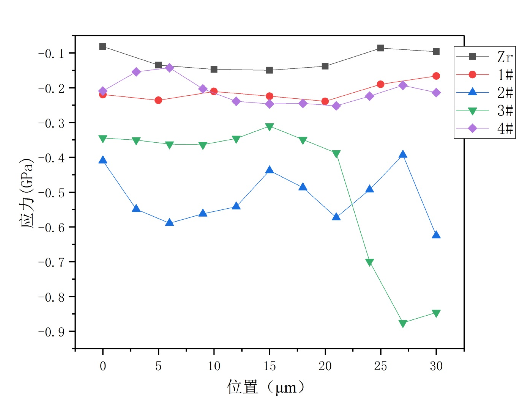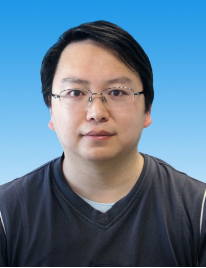An Experimental Investigation of High Temperature Steam Corrosion Mechanisms of Zirconium Alloy Assisted by Synchrotron XRD
Di Yun1*, Junkai Liu1, Guanghai Bai2
1 School of Energy and Power Engineering, Xi’an Jiaotong University, Xi’an, 710049, China
2 Suzhou Nuclear Power Research Institute, Suzhou, 215004, China
EXTENDED ABSTRACT: As the cladding materials for light water nuclear reactors (LWRs), Zirconium alloys possess many attractive properties such as low thermal neutron absorption cross-section, good corrosion resistance and mechanical properties, etc. However, the Fukushima accident in Japan has raised safety concerns on this material for its extreme corrosion issues under the attack of steam at elevated temperatures. The corrosion resistance of Zirconium alloys under high temperature accident conditions as well as steady state operation conditions has become a key focus on the application of this material in nuclear systems. In this work, the high temperature (750℃ ) steam oxidation mechanisms of ZIRLO alloy was investigated combining corrosion tests, SEM and TEM characterizations and synchrotron XRD measurements. Laser peening has been employed to enhance the corrosion resistance of this material under high temperature steam environment. It was demonstrated that laser peening has delayed the transition in the oxidation kinetics of ZIRLO. Synchrotron XRD was employed to investigate the distribution of stress state in the oxide scale. It was found that crystal lattice was under tensile stress in the direction parallel to the O/M interface. Cracks were observed in the direction of oxidation, and they significantly enhanced oxygen transport in this direction. It was determined that the interconnected porosity and microcracks in the direction of oxidation (perpendicular to O/M interface) played a determining role in the transition of oxidation kinetics of ZIRLO alloy at this temperature.

Figure 1. Stress distribution along the direction of oxidation.

Dr. Yun has completed his PhD at the University of Illinois at Urbana-Champaign. He then worked at Argonne National Laboratory as a nuclear engineer. In 2015, he enrolled in Xi’an Jiaotong University as a professor. He has published more than 50 papers in reputed journals and conferences and served as the guest editor for the special issue of nuclear fuels materials for the journal Materials.